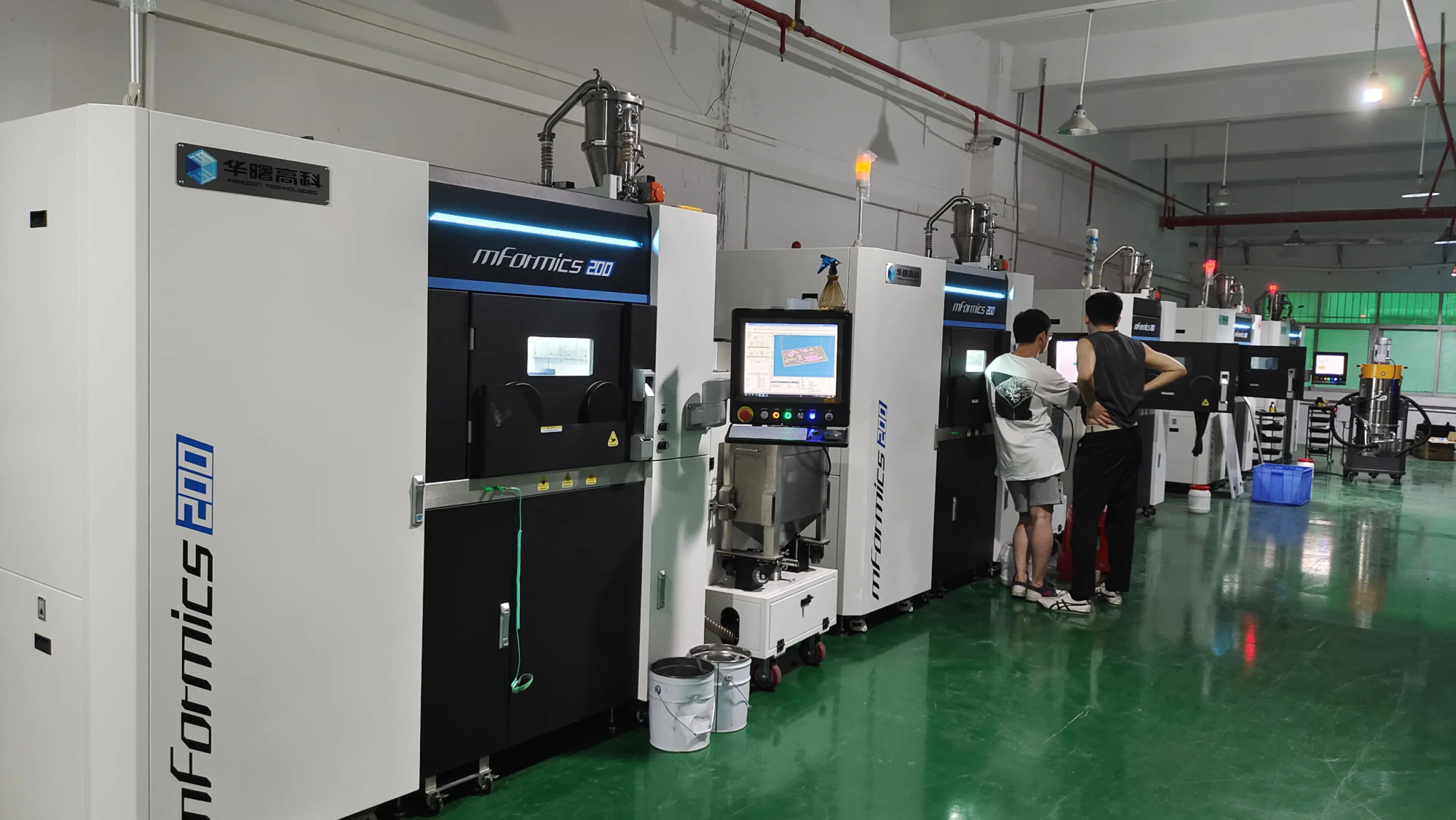On January 9, 2025, according to the resource database, recently, the first social housing project built using 3D printing technology in Europe was completed before the scheduled date. The construction cycle of this project is only 132 days, a reduction of 35% time as traditional construction methods, and is an important breakthrough for 3D printing technology in the construction industry.
Located in local streets in Ireland, the project is built by the 3D printing construction company based in Ireland and the United Kingdom Harcourt Technologies in accordance with the latest ISO / ASTM 52939: 2023.
The project adopts Denmark3D Construction Printing Technology SupplierCOBOD2 3D construction printers, according to EN206 and European masonry structure standards Without standardized reinforcement bars, print double cavity walls with 10 cm thickness without reinforcement. The main structure of the project only took 12 days to finish, fully reflecting the advantages of 3D printing to accelerate construction speed and improve efficiency. In addition, this new construction method not only ensures the structural security of the building, but also makes great progress in the conservation of energy and environmental protection.
The National Standards Agency of Ireland (NSAI) awarded Harcourt the “standard innovation prize” for this purpose, recognizing its innovative contributions in the field of architectural 3D printing. “This prize shows the success of HTL.Tech in the integration of international standards in the process of building 3D printing and the implementation of Ireland in the field of technological innovation”, congratulated Geraldine Larkin, the CEO of the NSAI.
Once the project is completed, Harcourt has further improved the equipment, widening the diameter of the concrete conveyor pipe from the BOD2 printer at 65 mm. This improvement increases the efficiency of 40%concrete production, reducing the printing time of similar projects in the future from 12 days to 9 days. This considerably reduces construction costs, accelerates construction and complies with international construction standards.
The success of this project demonstrates the enormous potential of 3D printing technology in real construction and provides an important reference to promote digitization and sustainable development of the construction industry in the future.
We also hope that 3D printing technology will be able to move from laboratories to practical applications faster, bringing more possibilities to the construction industry.





